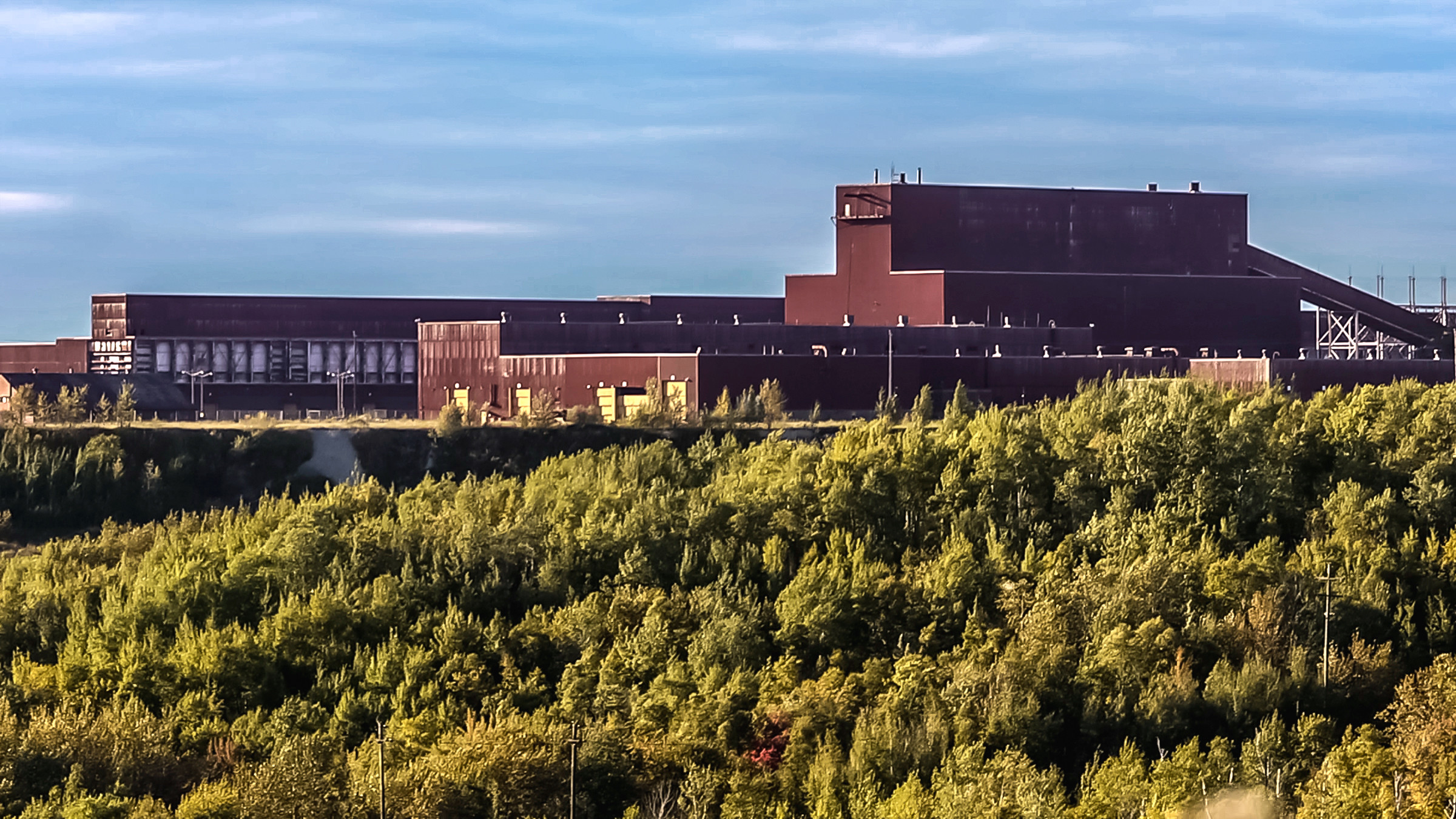Support the Timberjay by making a donation.
PolyMet clean-up liability could top $1 billion
REGIONAL— State officials and independent consultants hired by the Department of Natural Resources have put a number on the financial assurance requirements they believe the state will need to …
This item is available in full to subscribers.
Attention subscribers
To continue reading, you will need to either log in to your subscriber account, or purchase a new subscription.
If you are a current print subscriber, you can set up a free website account and connect your subscription to it by clicking here.
If you are a digital subscriber with an active, online-only subscription then you already have an account here. Just reset your password if you've not yet logged in to your account on this new site.
Otherwise, click here to view your options for subscribing.
Please log in to continue |
PolyMet clean-up liability could top $1 billion
REGIONAL— State officials and independent consultants hired by the Department of Natural Resources have put a number on the financial assurance requirements they believe the state will need to ensure that taxpayers aren’t left on the hook for clean-up costs at PolyMet’s proposed copper-nickel mine near Hoyt Lakes. It’s $1.04 billion, a number that’s substantially larger than the company has previously proposed.
The information was first obtained through a data practices request by the Star Tribune, which reported on the determination this past week. DNR officials have confirmed for the Timberjay that the numbers reported by the Star Tribune are accurate, and reflect the calculations of DNR staff and the financial consultant hired by the agency.
“The experts involved
in this work have extensive experience in what is needed to reclaim a site and operate water treatment,” said Assistant DNR Commissioner Barb Naramore.
The company likely wouldn’t be required to post a billion dollars in order to begin mining. Instead, the amount of protection would be negotiated on an annual basis by the state and PolyMet. The $1.04 billion estimate was devised for the peak of mining operations at the site, when the potential liability for clean-up would likely be the highest. PolyMet recently proposed to provide a combination of letters of credit or surety bonds totaling $544 million for the first year of mining.
Those numbers “align well with the DNR’s current estimates for the two construction years and first year of mining,” said Naramore. “Any draft permit that the DNR places on public notice will detail how the department would calculate financial assurance on an annual basis,” Naramore added. DNR officials anticipate issuing a draft permit to mine early next year.
The DNR has not received a financial assurance proposal from PolyMet that extends beyond the first year of mining, which suggests the two sides may not yet be in full agreement on the numbers required. “I want to be clear that we are still in the deliberative process,” said Naramore.
The financial assurance package is critical to the mine project because it provides the resources to pay for clean-up at the mine should PolyMet or whatever company ultimately acquires it declare bankruptcy at some point in the operation. Mining companies have been notorious over the years for declaring bankruptcy as mines play out, leaving taxpayers on the hook for the clean-up costs. In the case of PolyMet, the financial assurance would help pay for the cost of long-term water treatment at both the mine and tailings basin site. The environmental impact statement on the project estimated that water treatment at the site will be necessary for centuries.
Unlike taconite mining, the copper-nickel that PolyMet proposes to mine is bound in sulfur-bearing rock, which is known to leach acid and heavy metals once exposed to air and water.
The financial assurance package will be a significant component of any permit to mine that is ultimately issued by the DNR. It will be more critical than ever that the state get its calculations correct, since the Trump administration has discontinued a proposal to require companies to provide funding to pay for any federal clean-up that might be required.






